Procedures incorporated into the Art Docent Program which fall under the umbrella of educational neuroscience:
Educational neuroscience reflects this new source of research whose catalyst has been spearheaded through the use of new medical technologies and instruments, which are different types of scans that allow scientists to look inside the workings of the brain, observe how it functions, and record the data.
A Partial List of These Procedures Is:
Wait Time:
Refers to the period of silence that passes after a question is asked and the first student is called upon for a response. Studies have shown that when teachers extend the wait time to at least five seconds or more (Mary Budd Rowe 1974) (Stichter 2009):
- The length and quality of student response increased
- There was greater participation by slower learners
- Students used more evidence to support inferences
- There were more higher –order responses
These results occurred at all grade levels and in all subjects.
Transfer:
Transfer is the influence that past learning has on new learning, and the degree to which the new learning will be useful in the learners future. Transfer occurs when new learning moves into working memory, or long-term memory. It receives a signal from the brain which causes the brain to search the long term memory storage sites for any past learnings that are similar to, or associated with, the new learning. It’s like reusing past information and it reinforces and provides additional rehearsal for already-stored information and also assists with adding meaning and greater understanding to new information. Meaning, however, often depends on context. The procedure of transfer also provides interpretation of words and often includes nuances and shadings that can result in very different meanings. This procedure is an integral part of the learning process. Being aware of its powerful sequencing enables teachers to better understand the importance of building upon past learning and places even more importance on the review mentality, the benefits of rehearsal and practice in the learning process. Ultimately students are expected to transfer this knowledge and the skills associated with them to what they have learned in school into their daily lives and interactions out of the school setting. (Hunter 2004) (Sousa 2011)
Practice:
Practice refers to the repeated exercise in or performance of an activity or skill so as to acquire or maintain a level of proficiency in it. Practice is no guarantee on improving ones performance. For practice to improve performance four conditions must be met (Hunter 2004):
- The learner must be sufficiently motivated to want to improve
- The learner must have all the knowledge necessary to understand the different ways that the new knowledge or skill can be applied
- The learner must understand how to apply the knowledge, or process to deal with a particular situation
- The learner must be able to analyze the results of that application and know what needs to be changed to improve the performance in the future.
Guided Practice:
Guided practice is structured early after initial instruction of a skill or activity. It should be performed under the supervision of a teacher or instructor who can offer corrective feedback to help students analyze and improve their practice and ultimately their work.
Rehearsal:
The continuing reprocessing of learned information is called rehearsal. It differs from practice in that rehearsal deals with repetition and processing of information, whereas practice refers to the repetition of motor skills. This concept dates back to the Ancient Greeks around 400 BC. They knew its value and stated, “Repeat again what you hear; for by often hearing and saying the same things, what you have learned comes complete in your memory.” (from the Dialexeis) Long-term retention is not effective without the use of rehearsal.
Prime Time:
The time in a learning episode when information or a skill is more likely to be remembered.
Primacy-recency effect:
The phenomenon whereby one tends to remember best which is taught first in a learning episode and second best that which comes last.
Cognitive Belief System:
Long-term memory is different from long-term storage. Long-term memory refers to the process of storing and retrieving information, while long-term storage refers to the areas of the brain where memories are kept. The total of all information stored in our long-term storage areas form the basis for our view of the world around us. This information is the foundation for making sense out of these events, to understand the laws of nature, realize cause and effect, and form decisions regarding goodness, truth and beauty. This total visualization of the world is called the cognitive belief system.
Self Concept:
Self Concept is a perception of who we are and how we fit into the world and the scheme of things.
Action Research:
A systematic procedure for evaluating the effectiveness of classroom practices using the techniques of research. Conducting this research allows you to gather data and to determine the effectiveness of your strategies and affirm those that you already use and to enhance the use of new research in the teaching profession. Action research is a cost effective means of assessing the effectiveness of brain-compatible strategies that are likely to result in greater student learning.
Plasticity:
Plasticity is the ability of the brain to change over the course of a lifetime as a result of daily learning.
Closure:
The teaching strategy that allows learners some quiet time in class to mentally reprocess what they learned during class. This should be incorporated into every lesson plan as time allows. When block scheduling is being incorporated into the schedule the time slot for closure can be expanded upon.
The Perceptual Representation System:
PRS refers to the structure and form of words and objects in memory that can be prompted by prior experience or exposure without explicit recall.
This is a form of implicit (nondeclarative) memory because no explicit processing of the words or pictures is involved. (Roediger & Geraci, 2005) The type of learning mediated by PRS is often referred to as, repetition priming.


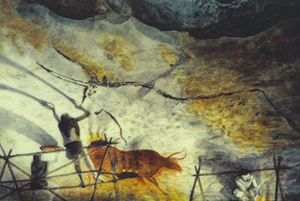
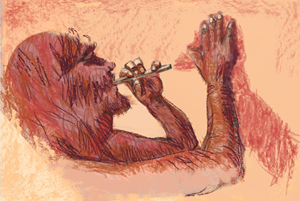
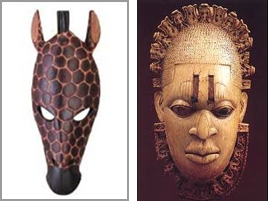








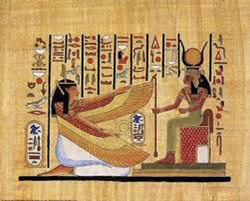

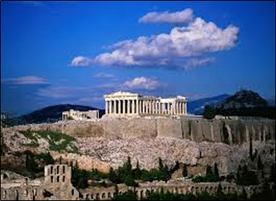

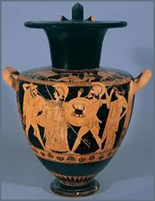
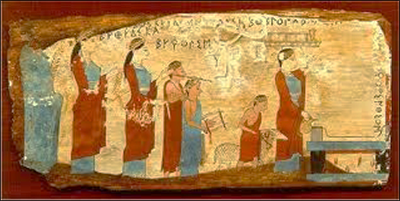
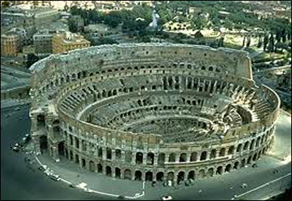

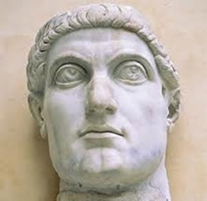
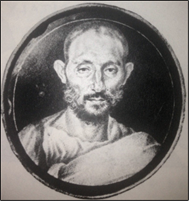



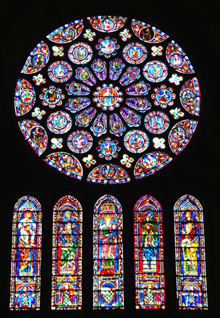
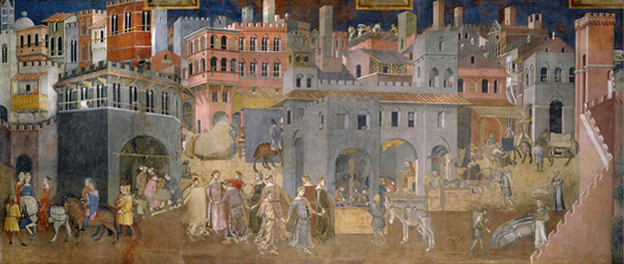



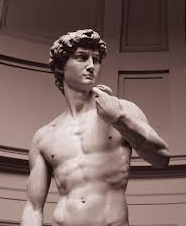


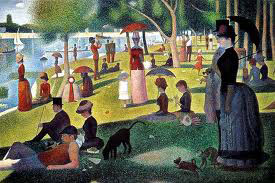


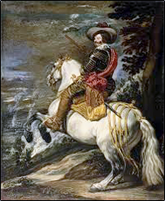


Comments are closed.